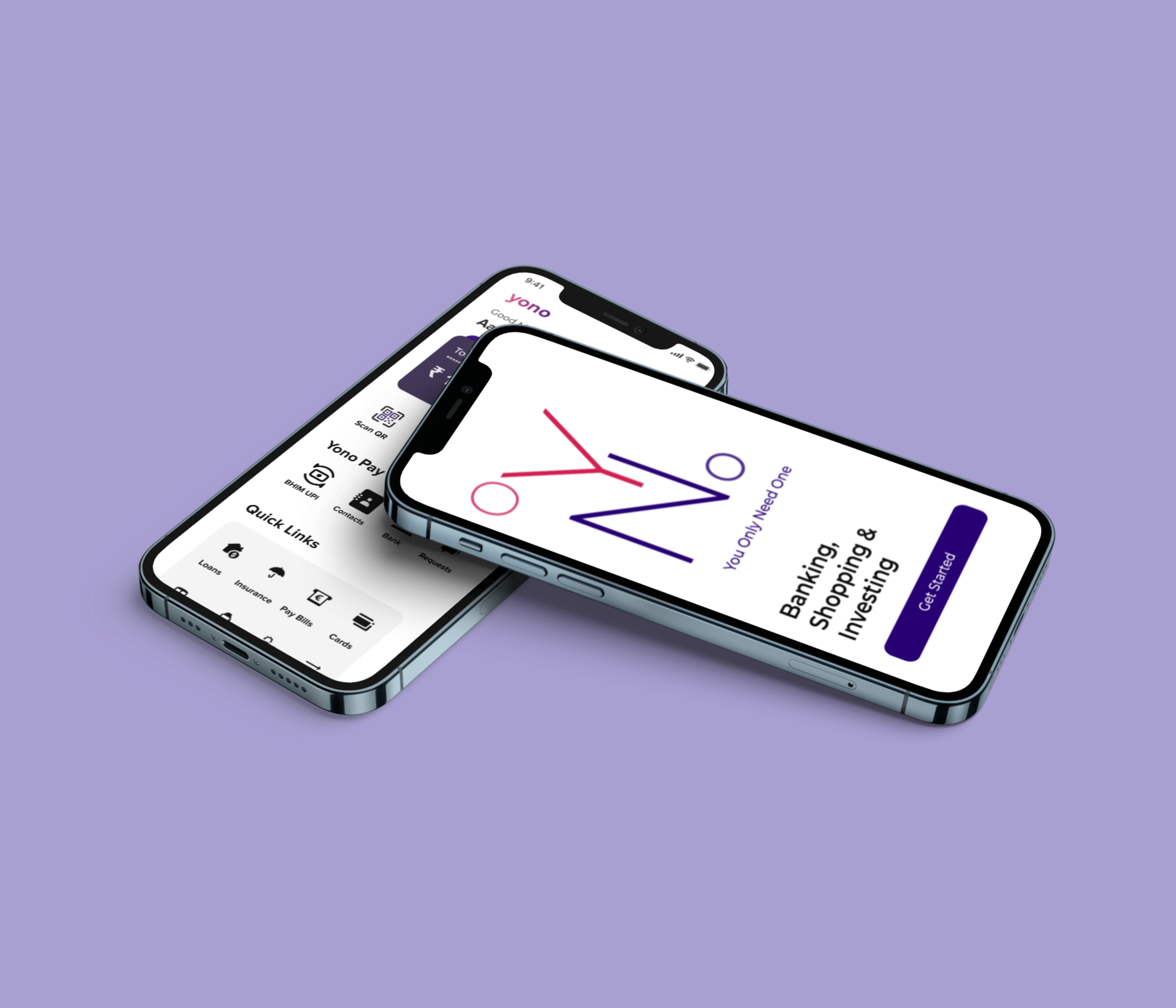SUMMARY
Problem
Vet Quest is an educational mobile game designed and developed by LIVE Lab Texas A&M University. This game tests players' knowledge of veterinary concepts in a fun and engaging way. Drawing inspiration from slot machine mechanics, the game promotes active learning, pattern recognition, and categorization skills. Players are rewarded for correct answers, enabling them to develop their personal island and pinboard.
Solution





Results
As the UI/UX Designer for Vet Quest, I created 50 screens that balanced intuitive navigation, vibrant aesthetics, and educational functionality.
My goal was to craft an experience that encourages players to return, learn, and enjoy.
medium
difficulty level
7m/day
average play time
12-35
years old
Who are the users
The Challenge
Creating a game that balances education and entertainment is no small task.
Vet Quest needed to:
Engage players through fun mechanics inspired by slot machines.
Teach veterinary concepts without overwhelming players with information.
Provide customization, allowing players to focus on topics of their choice.
Ensure accessibility for mobile users, with intuitive interfaces and clear visuals.
Another key point in our work was the need to adapt the game interface and the game navigation for the targeted audience, which is children
our solution
We approached Vet Quest with a player-first design philosophy, ensuring every screen and interaction aligned with the core pillars of the game: active learning, player control, and rewarding engagement.
1. Designing the Slot Machine Interface
The slot machine is the heart of Vet Quest’s gameplay. Our goal was to make it intuitive, visually exciting, and educational.
Key Design Features:
Dynamic Spin Button: A brightly colored, central button encourages interaction.
Reels with Visual Categories: Icons representing animals, instruments, and other topics spin smoothly, creating anticipation and excitement.
Feedback System: Celebratory animations and sounds for correct answers keep players motivated.






Spin the slot machine Screen
Respin Screen
Correct Answer Screen
Winning Round Screen
Game Over Screen
Earned a playcoin screen
2. Personalized Learning Path
To make learning engaging, we designed a system that lets players choose their preferred topics.
Highlights:
A topic selection screen with clear icons and modular cards.
Progress tracking with visual indicators to show mastery of each topic.
Adaptive difficulty levels to match the player’s learning curve.
Choose Level Screen
Choose Category




Rewards Slot Machine Screen
Pins, Money and Bust Rewards
Busted Screen

3. Reward System
We integrated a reward-based system to keep players motivated and enhance replayability.
Core Elements:
A reward slot machine where players use coins earned from correct answers.
Visual feedback like animated confetti, badges, and progress bars.
A pinboard feature that players customize as they unlock achievements.
DESIGN PROCESS

I started by analyzing the Game Design Document (GDD) and understanding the game’s goals, pillars, and limitations.
Key considerations included:
Mobile platform constraints.
Incorporating educational elements seamlessly into a gaming framework.
Aligning with the instructional goals to enhance veterinary knowledge.
1. Research and Analysis



Initial Iterations by the GDD Team


Concept Visualization by GDD team
Wireframing and Prototyping
Created low-fidelity wireframes to map the player’s journey, focusing on accessibility and clear navigation.
Iterated on interactive prototypes in Figma, ensuring alignment with gameplay mechanics like the slot machine.

Creating Assets
Designed bright, colorful screens to resonate with younger players while maintaining a professional tone for educational content.
Developed a cohesive style guide for typography, buttons, and icons.
Added animations for feedback, such as successful spins and rewards.

Collaboration and Feedback
Worked closely with developers and 3D artist to ensure smooth implementation.
Conducted playtesting sessions to gather feedback and refine designs.
Conclusion
Vet Quest is more than just a game – it’s a bridge between entertainment and education. The final design reflects our commitment to creating intuitive, engaging experiences that leave a lasting impact.
Explore Other Projects
© Copyright



